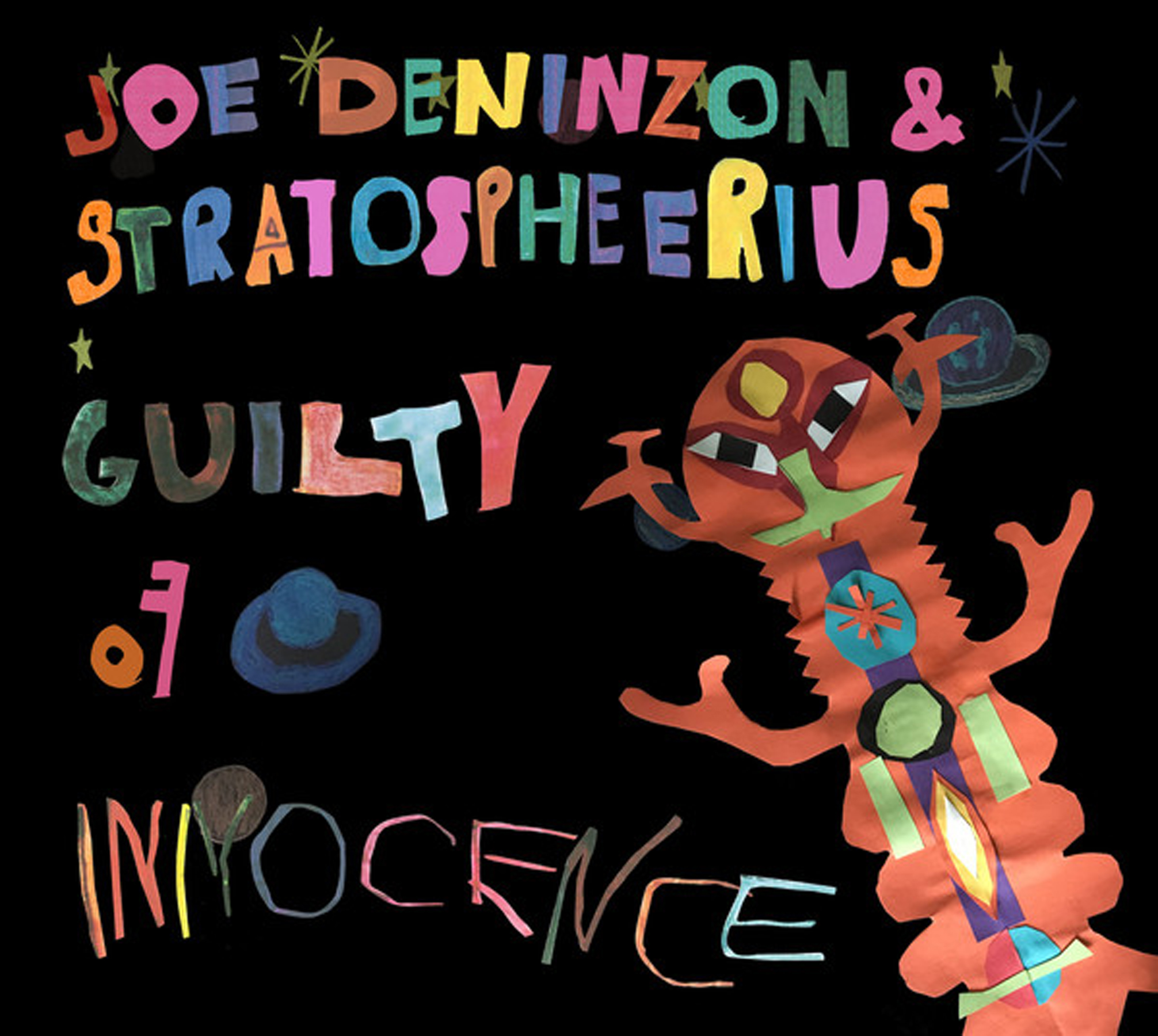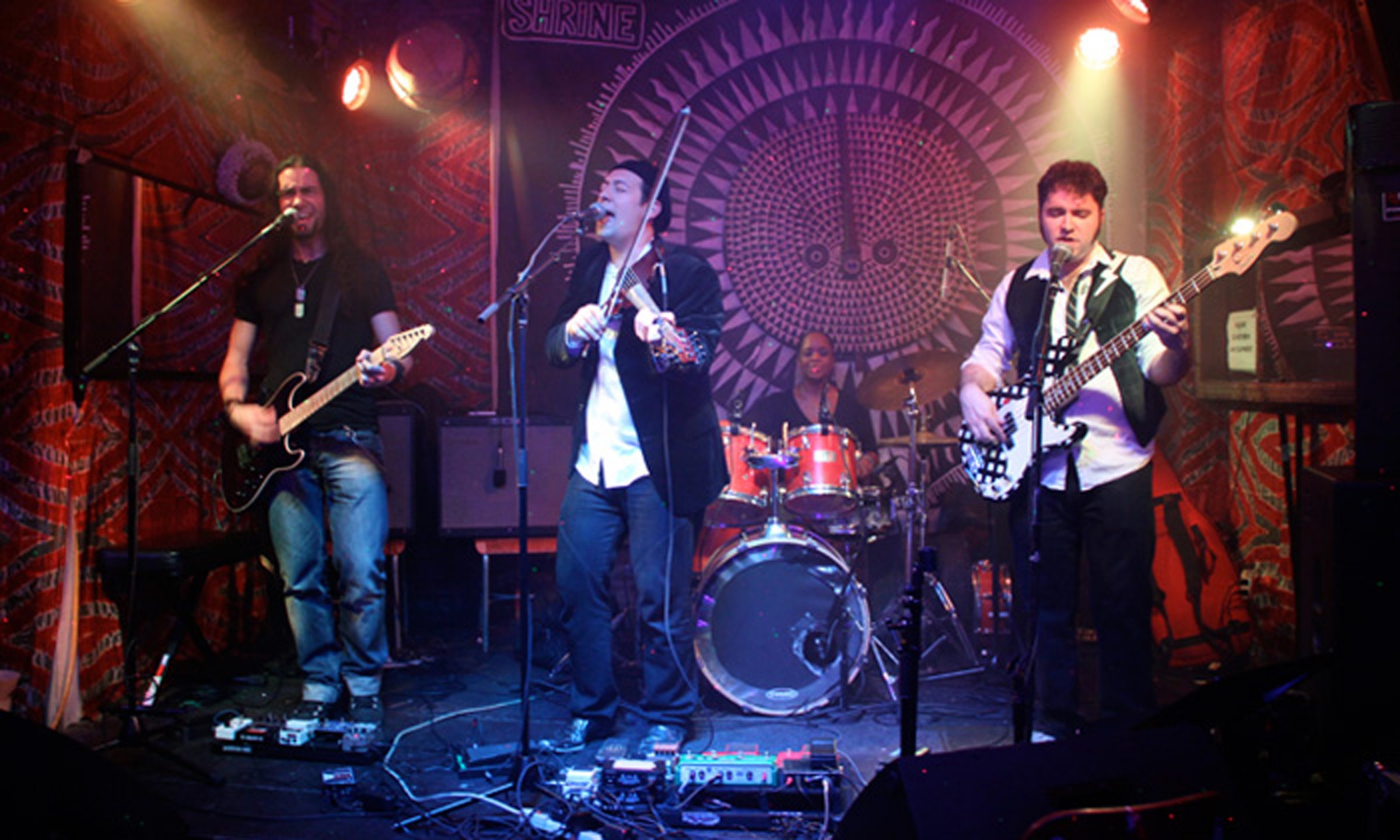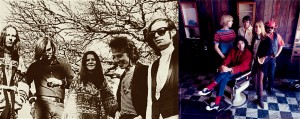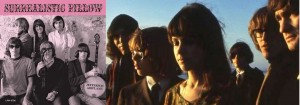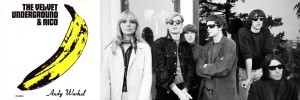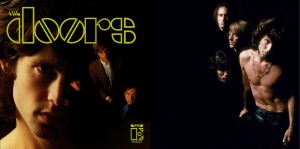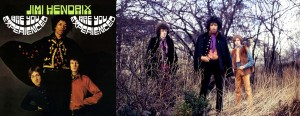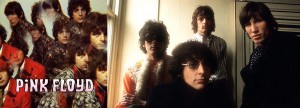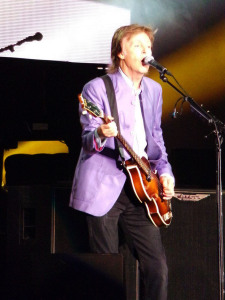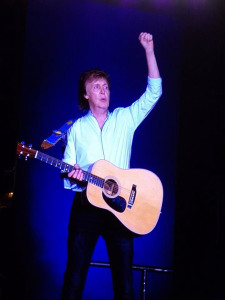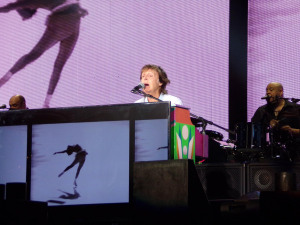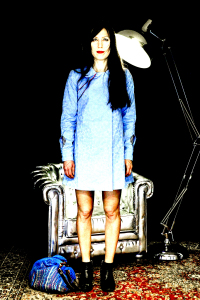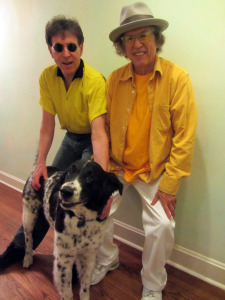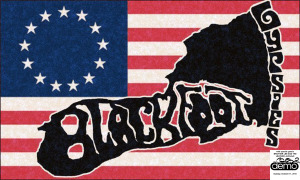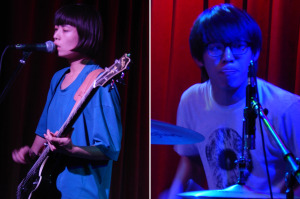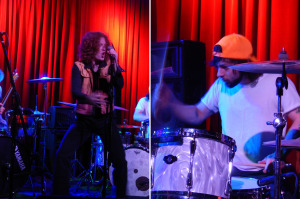(MPRESS RECORDS; 2015) A REVIEW FROM THE VAULT

South Carolina four-piece A Fragile Tomorrow features the brothers Kelly – Sean and Dominic, two of a set of triplets (the third passed away several years back), and their non-multiple sibling, Brendan – and bassist Shaun Rhoades. MAKE ME OVER is the group’s fifth studio album and first for indie label Mpress Records; lead vocalist Sean Kelly is the primary songwriter and his glam rock tendencies drive the sound, so… fans of Marc Bolan, David Bowie and, for the power pop-minded amongst you, Cheap Trick, strap in for one heck of a fun ride!

The album kicks off with Sean’s paean to the legendary Slade vocalist and glam rock icon, “Make Me Over (Noddy Holder).” Actually, the track is Kelly wondering if pursuing the rock and roll lifestyle is really worth all the trouble: “Maybe we can start all over/Change our name and make me over.” Now that I see that in writing, that happened to Holder and his band before glamming up their image and purposely misspelling key words in song titles. The song features a pulsing, hard rock undercarriage, courtesy of drummer Dominic Kelly and the double whammy of bassist Shaun Rhoades (he of the standard electric variety) and guest musician, Ted Comerford (he of the twelve-string version). And, just that quickly, this record is off and running. “Tie Me Up Again” slows things down a bit, though it is equally as introspective as the first song. There are guitars aplenty from Sean and his non-wombmate brother, Brendan; I’m reminded of the Byrds’ “Eight Miles High” (in a very jangly and precise way) and very early psychedelic Alice Cooper (via a sped up guitar freakout, a la Glen Buxton). The number also features a string quartet (cellist Ward Williams, violist Rachael Jones and violinists Diana Brewer and Lyais Hung, who crop a few more times later on), quite a nice addition. Musically speaking, “Billion” is sort of Beatlesque thing which quickly morphs into a spry little Power Pop affair that could very easily have outstayed its welcome; as is, it kinda ended at the perfect time. A ton of cool guitars keep things interesting, as does the bouncy drumwork. Another lush, jangley, pop tune, “One of Two, Two of Three,” hearkens back to such 1960s psychedelic-pop acts as the Jefferson Airplane, Roy Wood’s (and, later, Jeff Lynne’s) the Move, PET SOUNDS-era Beach Boys, as well as early ‘60s Phil Spector produced “Wall of Sound” records. Even the “trippy” title and the lyrically vague implications are drawn from that same general time period and fertile asthetic; the words still ring agonizingly true today: “One of two, two of three/Everything is as it seems/It’s not black and white, cut and dry.” Next, we have “Kissing Games,” a heartbroken power pop ballad that SOUNDS far happier than the words imply. It’s actually more of a self-empowering note that this person is finished being used and is taking control of his own life for once. The string quartet returns and is more upfront than on “Tie Me Up Again.” Rachael Sage offers up some very nice piano and bassist Rhoades delivers one of his best performances here. “Tell Me How To Feel” is shiny, poppy and pretty with a definite “Then He Kissed Me” vibe during the intro and with the drums throughout. It’s one of the few tracks here to feature the group’s four core members alone; only the odd guitar signatures save it from being the most disposable song on the record. The first lines of “In My Mind” says everything you need to know about A Fragile Tomorrow and MAKE ME OVER: “Oh, unrequited love/It’s kind of my thing.” Shimmery and solemn, the number is another “everything PLUS the kitchen sink” kinda thing with sleigh bells, timpani, guitars of varied stripes and, of course, the string quartet. Even though it seems like the song is about to take off a couple of times, it remains in first gear all the way… Not that there’s anything wrong with that.

“Hit Parade” is about the ultimate search for that ever illusive “Hit Single.” Unlike most of the rest of the album, the song features the four band members exclusively along with an actual guitar solo; it’s very catchy, in an XTC sort of way with lyrics that include: “Same old turn of phrase/Here’s your chord change/Please make way for the hit parade/All my dignity’s gone.” That pretty much sounds like every musician I’ve ever met! “Interlude” is an odd little ditty that features absolutely none of the actual band members, with samples by Michaelangelo, drums by Russ Broussard (even though I really didn’t hear them) and, naturally, the by-now obligatory string quartet. “Siouxsie” is obviously a song about X-Ray Spex singer Poly Styrene. With vocals by Dominic and guest artist Mark Hart (of Crowded House fame) providing organ and lap steel, it is actually a tune extolling the (many) virtues of Siouxsie Sioux and her undeniable influence on – not only punk and Goth – but popular music in general. It’s fun and bubbly and you may catch yourself humming along to the melody… in a totally anarchic punk kind of way, of course. John Cowsill and the Bangles’ Vicki Peterson add their voices to “Everybody Knows,” another wicked swipe at stardom. The track is sort of a lo-fi avant-surf masterpiece with a guitar/trumpet (the latter provided by Clay White) interplay that’s echoey and (maybe) backwards; that alone makes the song, at the very least, quite interesting. “Can’t You Hear Me” is another cool power pop thing that features, of all things, a singing saw performed by the multi-talented Clay White. Everything is hitting on all cylinders on this one; it’s a definite favorite on what is a fairly solid record. I think that the term “bonus track” may have been applied to “One Way Ticket (Coda)” simply because it features Joan Baez (THE!) and Indigo Girls Amy Ray (on mandolin) and Emily Saliers (on banjo). I mean, those are some heavyweight names right there! Did I forget to mention that the cut also features White and his saw? This song alone makes MAKE ME OVER worth owning. Yeah… it is THAT good. Of course, you get the additional bonus of the first twelve songs, too. So, what are you waiting for? Pick up your very own copy from your favorite dispenser of fine music… now!






